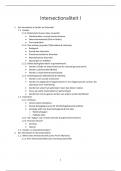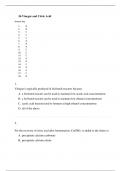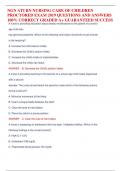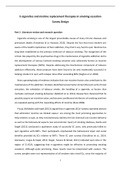Summary
Samenvatting Intersectionaliteits- & Diversiteitsstudies - Uitgebreide inhoudstafel: overzichtelijke structuur
- Course
- Institution
Dit document bevat een uitgebreide inhoudstafel van Intersectionaliteits- & Diversiteitsstudies, een stamvak dat wordt aangeboden binnen de masteropleiding Gender & Diversiteit. Het is opgedeeld in 4 grote delen: Intersectionaliteit I en II, en Diversiteit I en II, net zoals de lessen. De inhoudsta...
[Show more]







